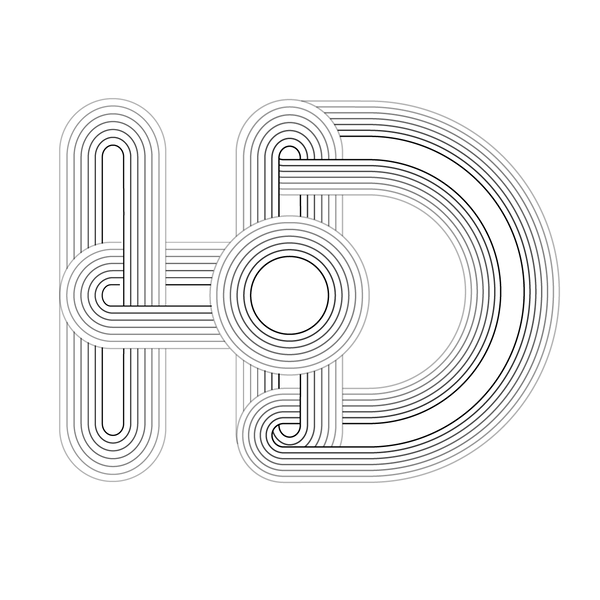In Fashion Design 2025
Which Types of Hems/Seams Will Work Best for Your Designs?
Consider the following tips, then you will make a better decision.
-
Which hem will allow this garment to hang most gracefully and evenly?
-
Does this fabric or price point call for delicate hand-stitching? Or can a machine-stitched hem work?
-
Should the hem be hidden or seen?
-
Will this technique result in a smooth, even finish without lumps and puckers?
Baby hem:
A baby hem is a narrow, double fold hem used primarily on light-weight fabrics like chiffon, voile, or organza. To do this type of hemming, the fabric is rolled to the reverse side by using a sewing machine hemming presser foot.
Double fold hem:
The double fold hem is similar to the turn back hem listed above, but the fabric is folded twice concealing the raw edges inside. This hem is quick and easy like the turn back hem, but its double fold adds extra body and structure.
Blind Hem:
Blind hem is the most inconspicuous type of hem. A blind hem is great for garments that need a deep, weighted hem like a skirt, jacket, coat or pants. They give a clean, tailored look and they are used most often in luxury lines with higher price-points since they are so delicate and time-consuming, but NOT recommended for casual pieces that undergo a lot of wear and tear.
Clean edge seam:
Commonly used for sewing jackets without lining, fabrics sewn using this method are very hard-wearing and are used for handling cotton and fine fabrics. Using a straight stitch, the fabric is folded in about 3mm and stitched along the folded edge.
Self-bound seam with sink stitch:
It is a very sturdy sewing technique similar to the flat felled seam. It is usually sewn on the reverse side of the garment and is often used for children's clothing.
Flat felled seam:
It is very sturdy. This seam is on the front of the garment and is commonly used when sewing the bottom crotch line of jeans and making men's custom shirts.
-
A 1.5cm wide seam is sewn on the front of the fabric and ironed to open it.
-
Trim the seam toward the back of the garment to 1/3 of its original size.

Double top-stitched seam:
Both decorative and practical. This type of seam is commonly used in crafts and soft decorations, as well as for sewing clothing.
Bias bound hem:
Bias bound hem is a narrow decorative edge on garments or home accessories. Particularly suitable for curved edges, it can neatly and firmly trim the edge of the fabric. It can make the heavy fabric stronger and the shape more durable.
Lining hem:
Mostly used for woven interlining and cut with a twill, the finished product is almost invisible on the front. Because the lining hem is heavy, it is only suitable for straight hems. Generally used for suit tops and winter dresses.
Welt hem:
Heavy fabric will look too bulky if you use double fold hem, in this case generally choose welt hem. If the fabric does not have enough length to do the folded edge, you can also use welt hem.
French seam:
Also called come-and-go stitching, it requires two stitches, the first on the front side of the fabric and the second on the reverse side, and wraps around the first seam. French seams are used for sheer silk fabrics to make delicate undergarments and other clothing.
Rabbet seam:
The edges of the seams of slotted seams are unfolded to reveal inner layers of different colors, allowing the lining to show a different color. Commonly used for decorative parts.
Hong Kong seam:
HK seam is made by wrapping the raw edges with a bias cut strip of organza twill or a good quality lining fabric. Ideal for treating wool, linen and the edges of unlined tops.
Slot seam:
Also known as channel seam, the panel are first made and then inserted into the slot. It mainly plays a decorative role. This kind of seam is often used when two different fabrics are spliced together.
Overlock stitches
Overlocked with 3 threads: Generally used for trouser leg heming and pocket cloth.
Densely overlocked with 3 threads: Usually used for silk and chiffon.
Overlocked with 4 threads: Generally used for knitted T-shirts, bottoms, thermal underwear.
Overlocked with 5 threads: Generally used for woven pants side seam.
Other special stitches
Picot stitch:
Picot stitch is like eyelash when the edge is cut off with scissors to one side.
Application: garments made of mesh, organza and other fabrics.
Scalloped edge stitch:
Shell stitch is a kind of decorative lace that resembles the shape of a seashell.
Classification:
-
Triangle shell
-
Double-sided shell
-
Large scalloped shell
-
Small scalloped shell

Chain-stitch picotting sewing:
It has curved tooth edge, some are also called tooth flower.
Classification:
-
Single chain-stitch (decorated at the edge)
-
Double chain-stitch (can be done at the edge, but also in the middle)
-
Splicing (to decorate the seam)
-
Computerized chain-stitch picotting sewing with flower stitch

Pick stitch:
Commonly known as the pearl stitch, there are real pearl stitch and fake
Classification:
-
Real pearl stitch, front and back are the same.
-
Imitated pearl stitch, the reverse side is chain stitch.

Fagotting zigzag net stitch:
It is also called fish net stitch, usually used to decorate two pieces of cuttings together.
Application: cut-parts splicing.
Herringbone stitch:
A herringbone stitch is a needlework stitch used in embroidery, knitting, crochet and overedge seam. It is also called triangle sttich.
Classification:
-
ordinary herringbone sttich
-
herringbone stich overedge seam
-
fishing thread herringbone sttich
-
multi-point herringbone stich

Decorative stitch:
Decorative stich is to design the pattern by computer, input it into machine, and then make the pattern that customers want. But the range of pattern and stitch size are limited, so we can only make some small patterns.

